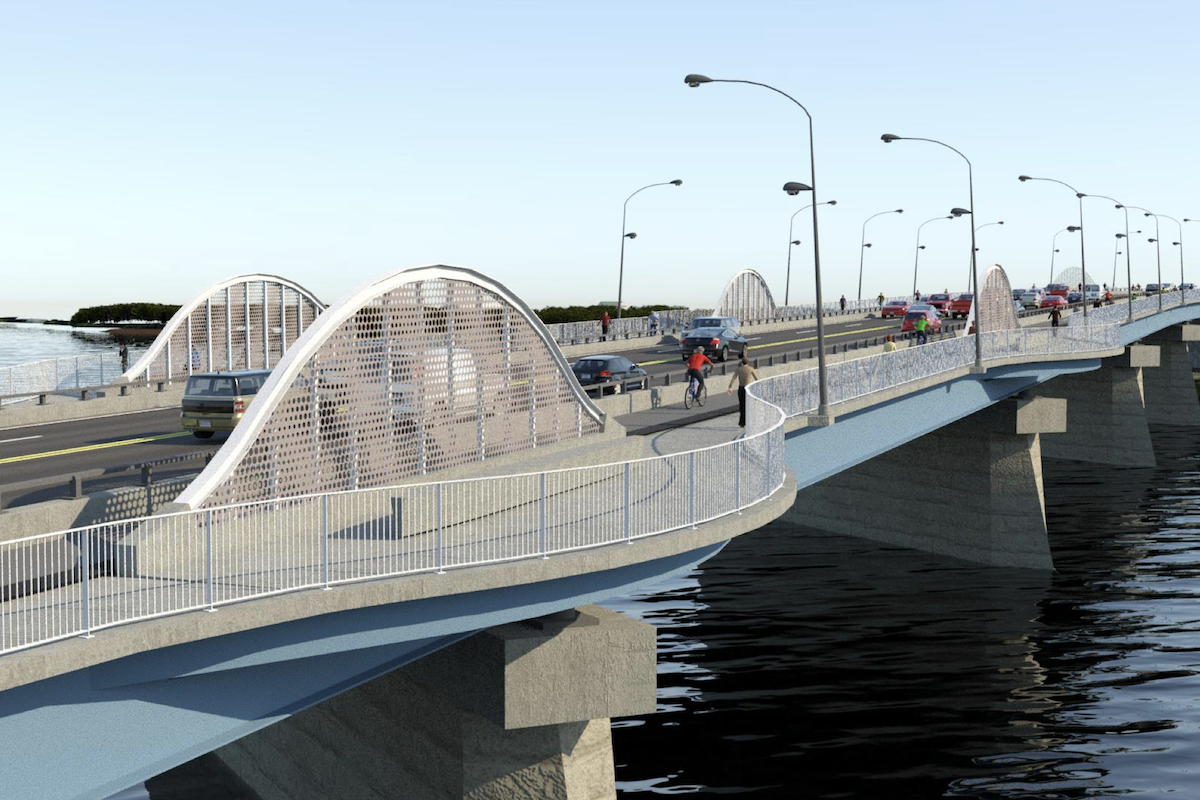Injured Worker Highlights Need for Motorists to Drive Safely in Work Zones

"We hear countless stories of people speeding through work zones, driving impaired, distracted or in some other reckless manner without regard for the safety of others," said RIDOT Director Peter Alviti, Jr. "Unfortunately for Joe, this wasn't just another near miss."
Nationally each year, more than 700 people die in work zone-related accidents and more than 25,000 injuries are reported. A work zone crash occurs every 5.4 minutes, and each week there are 12 work zone crashes that involved at least one death. A large majority of those killed, about 85 percent, are not the workers on the road, but the driver or occupant of the vehicle involved in the crash. In Rhode Island there were 22 work zone injuries in 2018.
RIDOT joined with the Rhode Island State Police, the Federal Highway Administration (FHWA), the National Highway Traffic Safety Administration, the Federal Motor Carrier Safety Administration, AAA Northeast and representatives of organized labor across Rhode Island in front of RIDOT's headquarters building in Providence to share a message, "Drive carefully and protect those working on our roads and bridges." The event was one of many being held across the country in coordination with National Work Zone Awareness Week.
Molis, who could not attend the event because of his injuries, said he has been on dozens of work sites as traffic zooms past very close, and at full speed. He thought if he ever was in a work zone crash, it would be along the highway. He never thought it would occur on a road where the speed limit is only 25 mph.
"People need to open their eyes, pay attention and slow down. It's really no more than a few moments, a second or two off your trip, to slow down in a work zone," he said. "Everybody out there has a family. Everybody deserves to get home safely."
In 2008, Rhode Island passed the "move over" law, which requires drivers to move over a lane when approaching a first responder stopped on the road. In 2014, the law was expanded to include construction and highway maintenance workers.
"Safety in work zones won't happen by itself. As we provide properly trained and skilled workers, we must rely on the motorists to be equally trained and skilled as they navigate the state's roadways," said Raymond C. Coia, Administrator, New England Laborers' Health and Safety Fund. "It is through this team approach that we share a commitment to the safety of the construction workers and stand together with this initiative."




































































